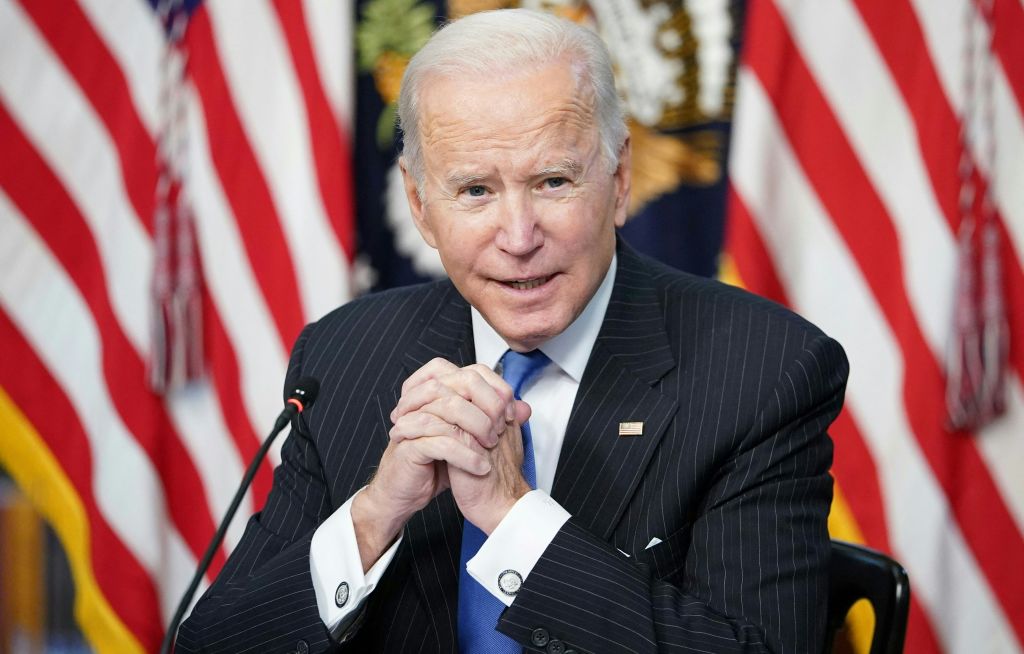The U.S. economy grew at a rate of 4.9% in the third quarter of 2023, according to Gross Domestic Product (GDP) statistics released by the Bureau of Economic Analysis (BEA) on Thursday morning.
In the second quarter of 2023, real GDP rose 2.1% after being revised down from an initial estimate of 2.4%. Economists expected that GDP would be around 4.7% for the third quarter of 2023, far higher than the 2% to 3% that is common for the U.S.
“Several factors appear to be driving the number up last quarter,” E.J. Antoni, a research fellow at the Heritage Foundation’s Grover M. Hermann Center for the Federal Budget, told the Daily Caller News Foundation. “Businesses built up inventories, government spending has simply exploded, and consumers have been depleting savings and going into debt to fuel spending growth. Imports falling faster than exports is also likely behind the contribution of net exports to the increase in GDP. Unfortunately, none of these things represent sustainable growth. Fixed private investment likely underperformed again, which indicates these growth rates are not sustainable. If the last couple of years are any indication, odds are this quarter will be revised down in the future.”
The GDP announcement comes less than a week before the Federal Reserve’s next Federal Open Market Committee, where it will be decided whether to raise the Fed’s federal funds rate another 0.25%. The Fed has set the current rate in a range of 5.25% and 5.50% after 11 hikes since March 2022 in an attempt to tame inflation.
Treasury Yields have risen at the fastest speed in more than 40 years pic.twitter.com/1Wp5YFwWsx
— Barchart (@Barchart) October 25, 2023
Despite the persistently hot economy, Jerome Powell, chair of the Fed, hinted in a speech last week that rates would not be raised due to 10-year Treasury notes nearing 5%, indicating a tightening in financial conditions that could be conducive to bringing inflation down, according to the WSJ.
The number of jobs the U.S. added in September far exceeded expectations, with the country adding 336,000 nonfarm payroll jobs for the month as opposed to the 170,000 jobs that economists expected. Despite the huge increase, the number of Americans employed in full-time jobs actually dropped by 22,000 for the month of September, while the number of part-time workers increased by 151,000.
Inflation has continued to remain elevated, rising 3.7% in September and August, far above the Fed’s 2% inflation target.
Strong consumer spending has been a key contributor to economic growth, stemming from consumers spending through their savings, which are down from a collective $1 trillion in May to just $794.1 billion in August.
The 4.9% figure is an advanced estimate and will be updated as additional data becomes available, according to the BEA.
All content created by the Daily Caller News Foundation, an independent and nonpartisan newswire service, is available without charge to any legitimate news publisher that can provide a large audience. All republished articles must include our logo, our reporter’s byline and their DCNF affiliation. For any questions about our guidelines or partnering with us, please contact [email protected].
All content created by the Daily Caller News Foundation, an independent and nonpartisan newswire service, is available without charge to any legitimate news publisher that can provide a large audience. All republished articles must include our logo, our reporter’s byline and their DCNF affiliation. For any questions about our guidelines or partnering with us, please contact [email protected].
















 Continue with Google
Continue with Google